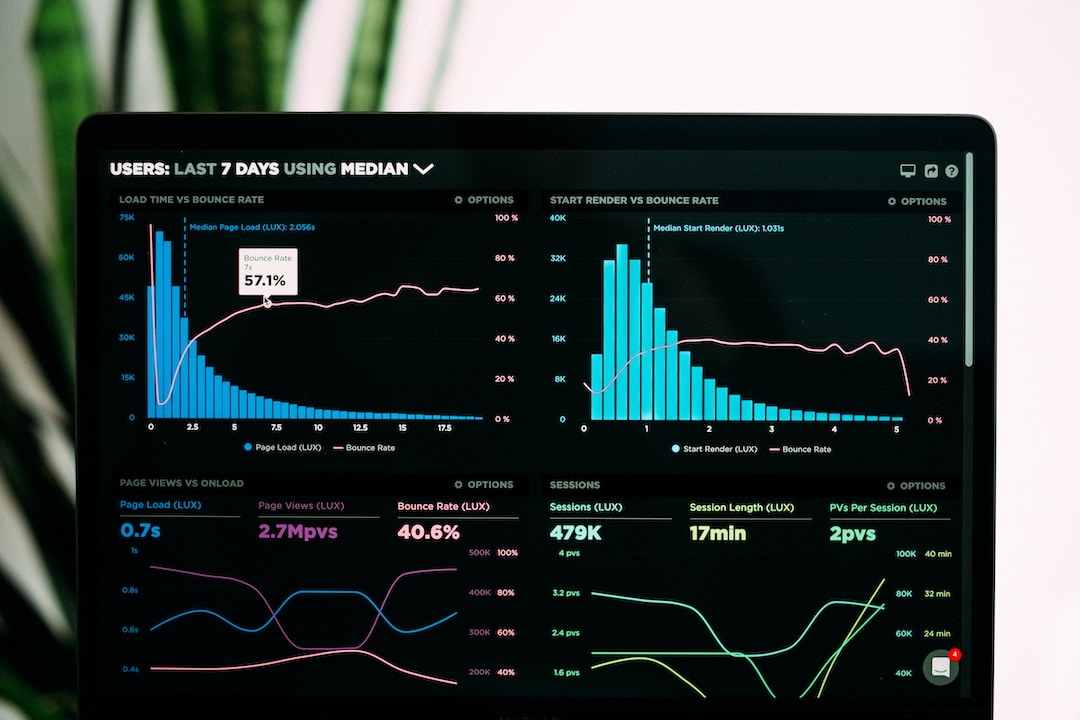
In a world increasingly reliant on data, understanding how to represent and interpret this wealth of information is critical. An effective way of doing this is by using combination charts. They have the power to simplify complex data and make it comprehensible to everyone. In this article, we delve into the world of combination chart examples, their applications, and how to use them effectively.
Understanding Combination Charts and Their Significance
Combination charts, as the name suggests, combine two or more chart types into one graphic. This allows you to visualize complex relationships between data in a simple, coherent manner. They’re especially useful for comparing and understanding different forms of data.
The use of a combination chart allows for multiple simultaneous interpretations of data. This is essential in data analysis, as it helps users grasp a broader understanding of the information at hand.
These charts remove the need for multiple separate graphs, presenting all needed data in one concise visual. This leads to a more efficient and accurate analysis. They are used in many different fields, from finance to research, because of their versatility and ease of use.
Different Types of Combination Charts: An Overview

There are numerous types of combination charts, each with its unique utility. Line-column and column-line charts are the most popular ones, used extensively in financial analyses and projections.
Stacked combination charts offer another dimension to the analyses by stacking multiple data series in the same column. This can be helpful when comparing the cumulative values along with individual contributions.
Combination charts can also utilize area elements to convey data. These can plot change over time for more than one group. It’s often used in climate analysis or stock market changes.
Familiarizing yourself with these different combination charts gives you a set of powerful tools for data visualization. Understanding when to use each type is key to extracting meaning from your data.
Usage and Applications of Combination Charts in Data Analysis
Combination charts play a significant role in multiple fields due to their ability to represent complex data sets. One such application is in financial analysis, where they’re often used to compare different investment options.
In the healthcare sector, combination charts can be used to understand correlative and causal relationships between different factors. Such relationships can be between patient characteristics and disease occurrence, treatment options, and outcomes.
Moreover, in market research, understanding consumer behavior becomes easier with the use of combination charts. They’re an effective way to display information from surveys and questionnaires about products or services.
Additionally, in the field of sociology, combination charts assist in visualizing and interpreting large socio-economic datasets, driving better policy decisions.
Step-by-Step Guide to Creating Combination Charts

Creating a combination chart involves a few steps, starting with collecting and sorting your data. The data must be arranged logically, usually in a table, where columns represent different data sets.
Once the data is organized, choose a suitable combination chart that can best visualize the data sets. Many software tools are available with a multitude of combination chart options.
Subsequently, fill in the chart with your data. Ensure that the units of measurement are consistent across the different data sets to prevent confusion.
Once the chart is complete, ensure to label it correctly. An extensively labeled chart is easier to comprehend and contributes to a better analysis of the data.
Overall, combination charts are a vital tool in data analysis, providing a way to visualize and interpret complex data sets. By learning how to use and understand these charts, you can unlock the true power of data.
